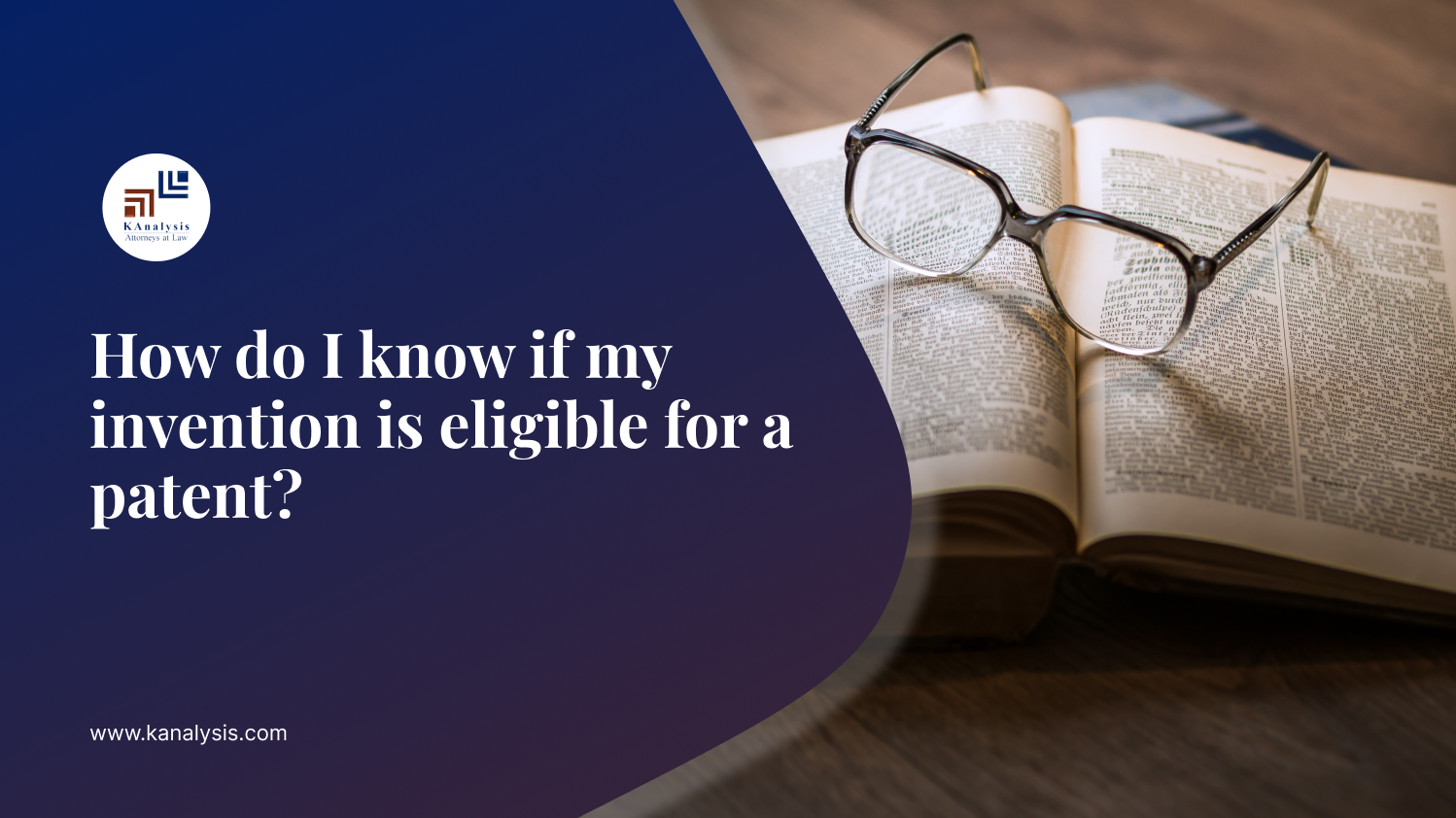Article 29.1 of the Agreement on Trade-Related Aspects of Intellectual Property Rights (TRIPS Agreement)[1], emphasizes the disclosure of the invention clearly and completely by the applicant so that a person skilled in the art can carry it out. Essentially this is the purpose behind the written description or specification and plays a vital role in patent filing applications. To obtain a patent, an applicant must fully and particularly describe the invention therein claimed in a complete specification. The disclosure of the invention in a complete specification must be such that a person skilled in the art may be able to perform the invention. This is possible only when an applicant discloses the invention fully and particularly includes the best method of performing the invention.
The Specification is a techno-legal document containing full scientific details of the invention and claims to the patent rights. The Specification, thus, forms a crucial part of the Patent Application. It is mandatory on the part of an applicant to disclose fully and particularly various features constituting the invention. The Specification may be filed either as a Provisional or as a complete Specification.
PROVISIONAL SPECIFICATION
It is a document filed to establish priority, though a patent is never granted based on provisional specification. It is filed by the applicant when his invention can be disclosed to the public at large on paper, however, is still in the developing stage. It has to be followed by a complete specification within 12 months from the date of its filing for obtaining a patent for the said invention otherwise would be considered an abandoned application.
It is useful to file the provisional application as it lends time to the applicant in assessing and evaluating the market potential related to the invention before filing complete specifications.
COMPLETE SPECIFICATION
Section 10(4) of the Patents Act of 1970 states that every patent should give a complete specification and in detail describe the invention, its usage, method, etc. The inventor should disclose the best method for performing the invention known to him. Thus, to obtain a patent, an applicant must fully and particularly describe the invention therein claimed in a complete specification. The disclosure of the invention in a complete specification must be such that a person skilled in the art may be able to perform the invention.
ESSENTIALS OF SPECIFICATION
The Specification (provisional or complete) is to be submitted in Form-2 along with the Application in Form-1 and other documents, in duplicate, along with the prescribed fee as given in the First Schedule. Section 10 of the Act broadly deals with understanding the contents of the specification. The following are important factors to be included in a patent specification[2]:
- Title Of the Patent Invention – Each specification must be given a title to appropriately describe the brief and definitive way the subject matter of the invention. It can include the advantages of the invention to indicate the areas of application and the preferable use.
- Prior art and problem to be solved- The status of the technology in the field of the invention must be elaborated. If the invention is an improvement over an existing invention, then the applicant should state the effect of the closest prior art known.
- Summary of the Invention and Object of the Invention- The description should be inclusive of a summary of the invention, giving details of the invention and the method of performing it. The object of the invention is to lay down the necessity of the particular invention.
- Description of the Invention– A description of an invention should be furnished in a detailed manner to exhaustively describe the invention. All the improvements, their nature, and any modification concerning prior art should be discussed elaborately. The description should be such that a person skilled in the art should be able to perform and recreate the invention without further experimentation.
- Language– If the terms are in any other language, they should be accompanied by the English translation of such document.
- Biological Material– For any biological material so described in the specification and then such material shall be deposited to make the application complete.
- Patent Claims- The primary function of the patent claim is to clearly define the scope of protection granted. The patent claims must be supported by the invention disclosed in the descriptive part of the patent application. The patent claims should be drafted from a new page and each patent claim should be written in a new sentence.
- Drawings- If the Controller requires, the applicant may have to provide drawings in support of the invention which will form a part of the specification. These drawings should be prepared as prescribed by Rule 15 of the Patent Rules,2003. If a specification contains any drawing, then the same must also be indicated in the abstract.
- Abstract- An abstract of not more than one hundred fifty words, which provides technical information on the invention, must accompany every specification. The abstract contains a concise summary of the matter contained in the specification, where the summary indicates the technical field to which the invention belongs and the principle use of the invention. Additionally, the abstract must also contrast the advancement of the invention with the existing knowledge
IMPORTANCE
- Patent specification helps examiners understand the innovation. Thus, it is crucial to draft the complete specification of the patent accurately for the applicant. The firms specialised in this job or a patent agent can do the drafting meticulously thereby reducing the chances of its rejection at the registry due to ambiguity.
- The specification is important from both legal and technical perspectives. If the document does not appropriately describe the means to recreate the invention, the owner might be at risk of losing the grant. Furthermore, if the scope of the invention is not defined correctly, then it allows the competitors to take advantage of it and circumvent the patent.
A patent grant is a time-consuming and costly affair. It is highly advisable to take effective advice and help from experienced professionals before drafting a patent keeping in mind its importance.
CONCLUSION
The applicant needs to get an understanding of the Patents Act 1970, the Patent Rules 2003 and the Manual of Patent Office Practice and Procedure before proceeding with the drafting or filing of the application. The procedure provided for patent specification under the Act is comprehensive and clear. It ensures that the applicant has sufficient opportunities to claim protection. The complete specification should generally be a self-contained document with respect to the invention. At most, care is to be taken when drafting the complete specification and in the manner, as defined by relevant sections and rules of the Patents Act, 1970. It is an important document on which the grant of the patent is dependent, as well minute ambiguity might result in the benefit of the competitors.
[2] 1_28_1_manual-of-patent-office-practice_and-procedure.pdf (ipindia.gov.in)


